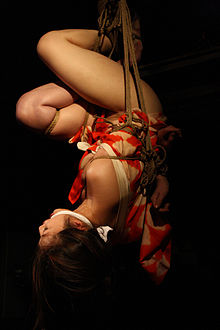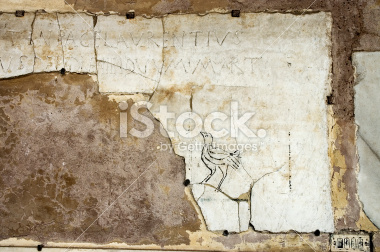
Decades Before Spray Paint Fascinated by traveling art I cannot help but feel a sense of glee when I get to admire a live mural go by me. Freight graffiti, a culture that has exploded into a national art movement has had an impact on the larger American pop culture and its inception decades before spray paint. Railroads and boxcars that crisscross the country and dot the landscape have a long-storied history here in the United States. Since the inventions of the railroads, trains have used the railways to haul goods and people back and forward throughout our history. Chicago and many other rustbelt cities came to fruition due to their central locality, as a result these cities became railroad and manufacturing hubs of the United States. When the transpacific railroad was completed this allowed for the transportation of goods and people to move across the continent and on to the western frontier. Fast forward a few decades, and at the advent of the great depression in 1913-1929 boxcars and train hopping became a popular and illicit means of transportation following the great depression and First World War. The first markings to appear on boxcars before spray paint were made with chalk and pencil by railroad workers, noting loading content for their colleagues in distant cities. There began a trend and the early forms of graffiti known as monikers, tags, streaks, and hobo art began to appear on the side of boxcars as people trekked across the country. The vibrant boxcar hobo subculture continued for decades until the late 70’s and 80’s the rail cars were used to display the emerging hip hop subculture’s artwork as a moving, living gallery. In the 1970s, graffiti had emerged in the Bronx and was associated with the nascent hip-hop subculture, as they began spray painting the sides of subways cars transforming the city’s transit system into a moving museum. Kids across America already interested in graffiti became inspired and perceived freight trains as a connection to those New York idols, simultaneously realized that freights could travel across the country displaying their art. As a result of this blend of subcultures, bombing box cars has become somewhat of a rite of passage amongst the street graffiti artist. So much so, that commuter trains in highly densely populated areas have become the holy grail of sorts when it comes to graffiti art. However, bombing commuter trains come with all sorts of variables in that there is only a limited window of opportunity and heavy fines and punishment if an artist is unfortunate enough to be caught. But the thrill and artistry keep the long storied history of boxcars and train graffiti alive and well into the 21st century and beyond.







